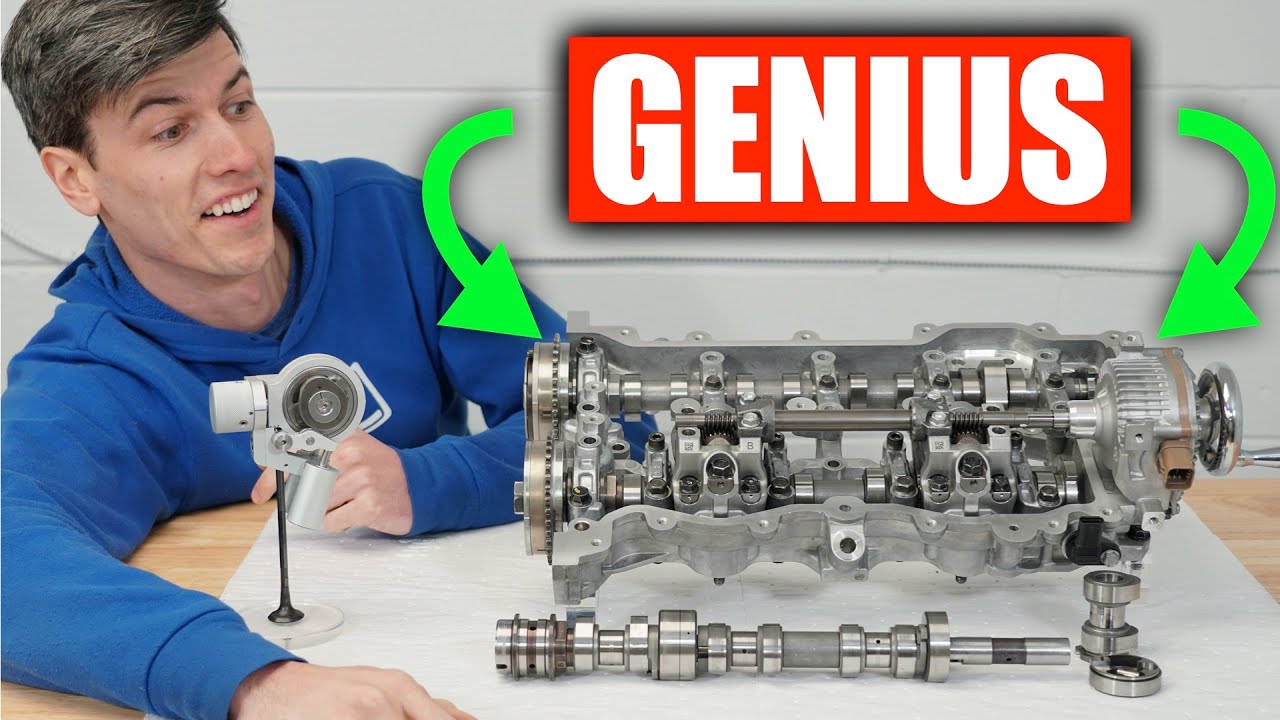Media | Articles
Hyundai’s variable valve duration engine is simple, once you see how it works
We love engines. Internal combustion, external combustion, it doesn’t matter. So any time we learn about a new technology that makes them more fuel-efficient or more powerful we’re all ears.
The newest episode of Engineering Explained takes a look at Hyundai’s new Continuously Variable Valve Duration engine and how it can alter duration on the fly to broaden the engine’s powerband.
The system is currently in use on the 1.6-liter turbocharged four-cylinder found in the 2020 Hyundai Sonata and Jason Fenske uses some helpful models and animations to show how a complicated task of varying valve duration is accomplished purely by mechanical means.
First though, some basics on what duration actually means. As any hot-rodder can tell you, a camshaft’s lift, timing, and duration are vital specs that can give you an idea of how an engine is going to perform. The higher the lift, the more air can get past the valve, which means there’s a potential for more power. When the cam opens the valve in relation to the piston’s position, valve timing, is also key. The same goes for duration, the length of time a valve is held open. A valve that’s held open longer can flow more air, but engines don’t need a lot of duration to operate at low speeds. As anyone that’s heard a highly modified engine try to idle can attest, cams with lots of duration aren’t fond of idling in a calm manner.
Marketplace
Buy and sell classics with confidence
The problem in the case of the muscle car with a rowdy camshaft is that the duration is suited for higher engine speeds. For a race engine, the builder may select a cam lobe profile that’s suitable for high-rev power at the expense of idle quality, but for a production car that’s expected to operate over a wide range of speeds and load, cam timing is just as critical.
Whether it’s a race engine or a production car engine, the higher the engine speed, the less time there is for the cylinder to fill with air through the intake valve and get it out through the exhaust. For any particular engine with fixed cam timing and duration, there will be a narrow range where the cylinders fill completely and are their most efficient. That engine speed, where volumetric efficiency is highest, is where you’ll find the engine’s peak torque. For engine speeds below that peak, the valves were open longer than necessary to fill the cylinder, and for engine speeds above, the valves weren’t open long enough.
Hyundai’s solution to widening the engine’s efficient operating range is to speed up or slow down the cam lobe as it passes over the roller rocker that lifts the valve, without changing the speed of the camshaft, giving the engine a wider range of efficient operation. It sounds confusing, and even with the animation tat Hyundai provided it may take a second to realize what’s going on, but this is a nifty new engineering advancement that proves the internal combustion engine can still be improved.










